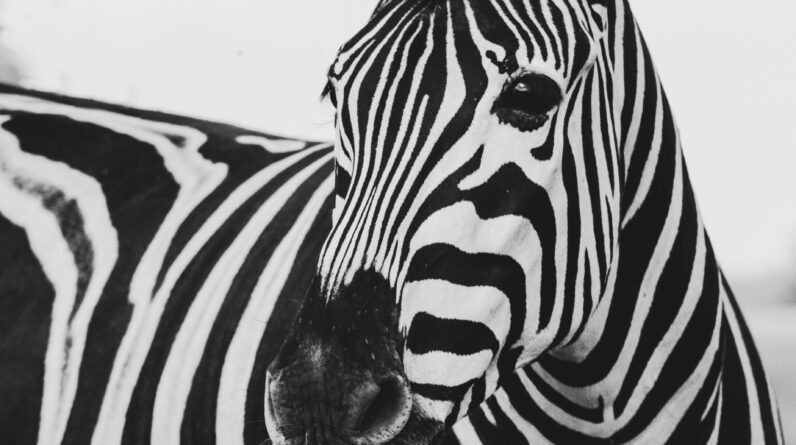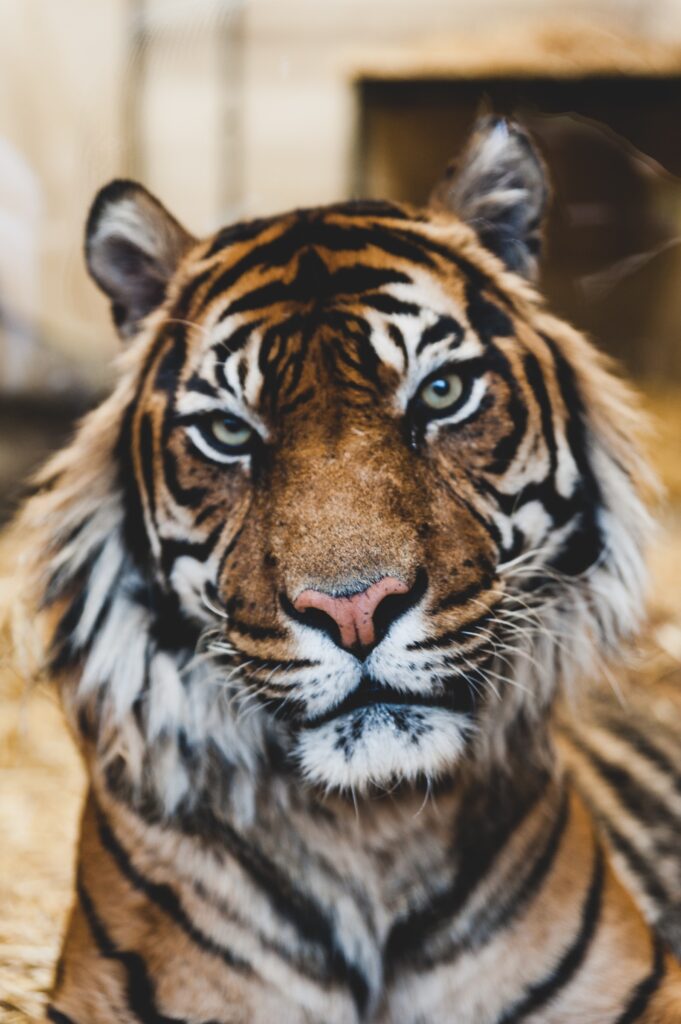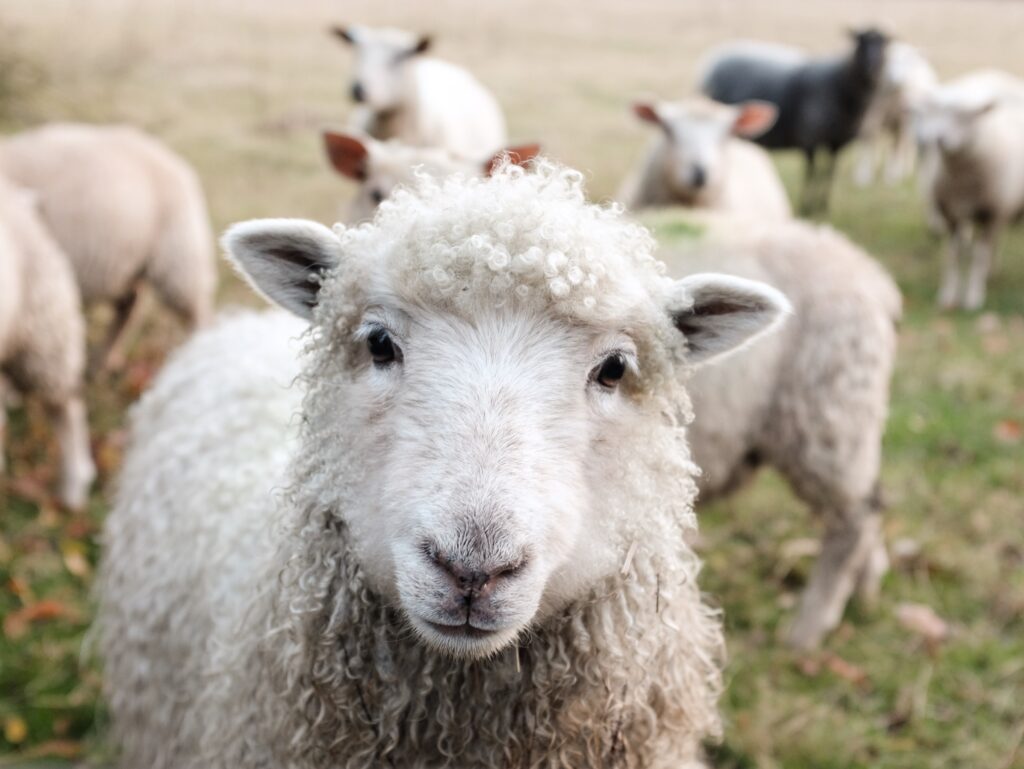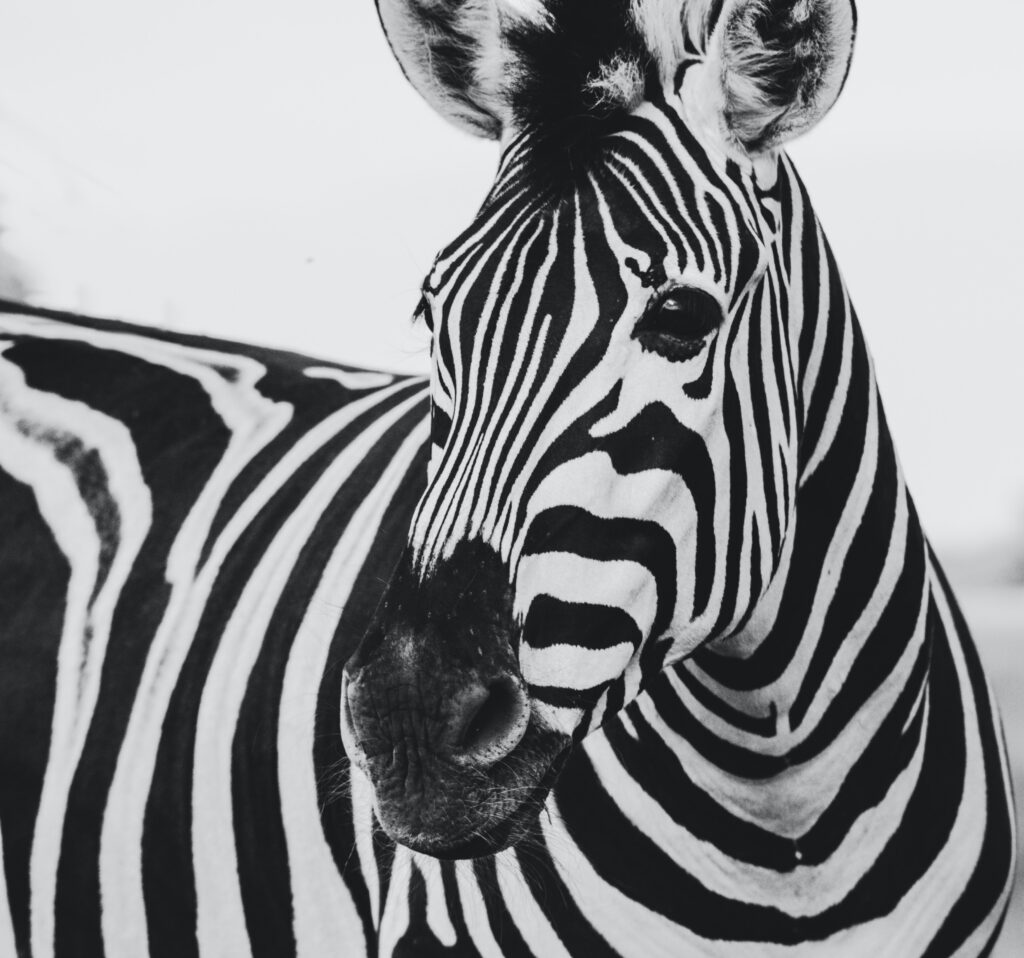
Have you ever wondered if cats and dogs can become best friends? The age-old question of whether these two species can coexist in harmony has long been a topic of discussion among pet lovers. While their stereotypes may suggest otherwise, the reality is that cats and dogs can, in fact, form strong bonds and live peacefully together. In this article, we will explore the various factors that influence their compatibility and provide tips on how to introduce them to ensure a harmonious and loving relationship between your furry friends.

Table of Contents
Understanding Feline and Canine Behavior
Cats and dogs are two different species with distinct social behaviors. Understanding these behaviors is essential when introducing them to each other. While cats are known for their independent nature, dogs are usually more sociable and pack-oriented. It is important to recognize and respect these differences to ensure a harmonious relationship between your feline and canine companions.
Differences in Social Behavior
Cats are solitary animals by nature and often prefer a more independent lifestyle. They establish territories and mark them with scent to communicate their boundaries. On the other hand, dogs are social animals that thrive on companionship and enjoy being part of a pack. They rely heavily on body language and vocalizations to communicate with each other.
Understanding the Prey-Predator Relationship
A crucial aspect of feline and canine behavior is their prey-predator relationship. Cats are natural predators and have a strong hunting instinct. Dogs, on the other hand, have a prey drive that varies in intensity depending on the breed. It is important to recognize that these instincts can influence their relationship with each other, and appropriate precautions should be taken to ensure a safe and harmonious interaction.
Factors Influencing Compatibility
Several factors can influence the compatibility between cats and dogs. The temperament, breed, age, and past experiences of both animals play a significant role. Some cats may have had negative experiences with dogs in the past, which can influence their behavior towards them. Similarly, dogs with a strong prey drive may not be suitable to live with cats. It is essential to consider these factors and assess the compatibility between your pets before introducing them.
Introducing a New Pet
Introducing a new pet into your home requires careful planning and patience. Taking the right steps can help create a positive environment for both your cat and dog.
Step-by-Step Introduction
Start the introduction process by keeping the new pet separated from the resident pet. Allow them to become familiar with each other’s scent by exchanging bedding or toys. Gradually introduce them through scent barriers, such as a baby gate, so they can observe and interact without direct contact. This gradual exposure will help them adjust to each other’s presence and minimize stress.
Creating a Safe and Controlled Environment
When introducing your cat and dog for face-to-face interactions, ensure the environment is safe and controlled. Remove any potential hazards and provide plenty of escape routes for your cat. Keep your dog on a leash or use a pet gate to prevent any unwanted chasing or confrontations. This controlled setting will allow them to interact without feeling threatened.
Supervised Face-to-Face Meetings
Supervision is crucial during the initial face-to-face meetings between your cat and dog. Watch their body language closely for any signs of stress or aggression. Gradually increase the duration of these supervised meetings, always prioritizing the safety and comfort of both pets. It is important to intervene and separate them if any signs of aggression or fear arise, ensuring that their interactions remain positive and stress-free.
Signs of Compatibility
Recognizing signs of compatibility between your cat and dog is essential in assessing their relationship and progress towards coexistence.
Positive Body Language
Positive body language is a good indication that your pets are comfortable around each other. A relaxed posture, loose body movements, and gentle play behaviors are positive signs. If they approach each other without any signs of fear or aggression, it indicates a growing sense of mutual acceptance and trust.
Playful Interactions
Playful interactions are a positive indicator of compatibility between cats and dogs. If they engage in playful chasing, pouncing, or wrestling without any signs of hostility or fear, it shows that they are comfortable in each other’s presence. Play serves as a bonding activity and helps establish a positive relationship between them.
Mutual Grooming
Mutual grooming is a behavior commonly seen in social animals. If your cat and dog engage in grooming behaviors towards each other, such as licking or nibbling, it reflects a sense of trust and acceptance. Grooming is a sign of bonding and can strengthen their relationship over time.
Common Challenges and How to Address Them
Despite the best efforts and intentions, challenges may arise when it comes to the relationship between cats and dogs. Here are some common challenges and strategies to address them.
Territorial Disputes
Territorial disputes may occur when a new pet is introduced into the home. It can trigger aggression or stress in both cats and dogs. To address this, ensure that each pet has designated spaces, such as separate feeding areas, beds, and scratching posts. Slowly integrate their territories by allowing supervised access to each other’s spaces, providing positive reinforcements to associate these interactions with positive experiences.
Aggression and Fighting
Aggression or fighting between cats and dogs should be addressed immediately to prevent injuries. If aggression occurs, separate the animals and consult with a veterinarian or animal behaviorist for guidance. Gradual reintroduction, only under supervision, may be necessary after addressing any underlying issues. Professional help may also be required to modify behavior and manage the situation effectively.
Resource Guarding
Resource guarding refers to the behavior of protecting valuable possessions, such as food or toys. It can lead to conflicts between cats and dogs. The key is to ensure that each pet has access to sufficient resources, both in quality and quantity. Separate feeding areas and supervised playtime with toys can help minimize conflicts and prevent resource guarding behavior.

Understanding Cat-Dog Communication
To foster a healthy relationship between cats and dogs, it is important to understand their modes of communication.
Vocalizations
Both cats and dogs communicate through vocalizations, although their sounds may vary. Cats may meow, purr, hiss, or growl to express themselves. Dogs, on the other hand, may bark, howl, whimper, or growl. Understanding the different vocalizations of your pets can help you interpret their needs and emotions in various situations.
Body Language
Understanding the body language of cats and dogs is crucial in assessing their interactions. Cats may display signs of fear or aggression through flattened ears, an arched back, or a bushy tail. Dogs, on the other hand, may show signs of submission or dominance through body postures, such as a lowered head or raised hackles. Being familiar with these signs can help you intervene or address any potential conflicts between your pets.
Scent-Marking
Both cats and dogs use scent-marking as a way of communication. Cats have scent glands on their face, paws, and tail, which they use to mark their territory. Dogs, on the other hand, rely on their urine and scent glands to communicate. Understanding the importance of scent-marking can help you create an environment that is conducive to their respective needs and minimize conflicts.
Training and Socialization
Training and socialization play a vital role in establishing a positive relationship between cats and dogs.
Positive Reinforcement Techniques
Positive reinforcement techniques, such as rewards and treats, can be used to train both cats and dogs. Rewarding desired behaviors, such as calm interactions or sharing of space, encourages them to continue these behaviors. It is essential to be patient and consistent in your training approach, rewarding both pets for their positive interactions with each other.
Teaching Cats and Dogs to Coexist
Teaching cats and dogs to coexist involves gradually increasing their interactions and rewarding calm behaviors. Use a leash or baby gate to control the introduction process, and reward them with treats and praise when they display positive behaviors. Provide separate spaces where they can retreat to when they need some alone time, and gradually decrease the reliance on barriers as their relationship progresses.
Separate Training Sessions
While training your pets to coexist, it is beneficial to have separate training sessions to focus on each animal’s individual needs. This allows you to address specific challenges or behaviors and tailor the training approach accordingly. It ensures that both pets receive the attention and training necessary to foster a harmonious relationship.

Creating a Harmonious Environment
Creating a harmonious environment for your cat and dog involves providing them with individual spaces and managing available resources.
Providing Individual Spaces
Ensure that your cat and dog have designated spaces where they can retreat to when they need some alone time. These spaces can include separate beds, hideaways, or elevated areas where they feel safe and comfortable. Providing individual spaces helps prevent conflicts and gives each pet a sense of security.
Ensuring Sufficient Resources
Having sufficient resources, such as food, water, litter boxes, and toys, is crucial in managing the relationship between your cat and dog. It eliminates the need for competition and reduces the likelihood of conflicts arising from resource guarding. Ensure that each pet has their own resources and that they are easily accessible.
Managing Play and Exercise
Both cats and dogs require mental and physical stimulation through play and exercise. Ensuring that they have ample opportunities for play and exercise can help release excess energy and prevent behavioral issues. Set aside dedicated playtime for each pet and provide toys or activities that cater to their specific needs and preferences.
Seeking Professional Help
In some cases, seeking professional help may be necessary to address any persistent challenges or issues between your cat and dog.
When to Consult a Veterinarian or Animal Behaviorist
If you are experiencing persistent challenges or conflicts between your cat and dog, it may be time to consult a veterinarian or animal behaviorist. They can provide valuable insights, identify any underlying medical issues, and offer behavior modification techniques to address the specific needs of your pets. Professional guidance can be instrumental in ensuring the well-being and harmony of your furry friends.
Behavior Modification Techniques
A veterinarian or animal behaviorist can offer behavior modification techniques to address specific challenges between your cat and dog. These techniques may include desensitization and counter-conditioning, which aim to change their emotional response to certain stimuli. By gradually exposing them to triggering situations and rewarding positive behaviors, you can help modify their behavior and improve their relationship.
Medical Considerations
In some cases, challenging behavior between cats and dogs may be influenced by medical factors. It is essential to rule out any underlying health issues that may be contributing to their behavior. A veterinarian can conduct a thorough examination to ensure that there are no medical conditions causing discomfort or contributing to any aggression or stress-related behaviors.
Housing Multiple Pets
When housing multiple pets, it becomes even more important to manage their interactions and ensure everyone’s well-being.
Introducing Cats and Dogs to Multiple Housemates
Introducing cats and dogs to multiple housemates follows similar steps as introducing them to each other in a one-on-one setting. Gradual introductions, scent exchange, and supervised face-to-face interactions are essential. However, it is crucial to closely monitor their interactions and ensure that each pet feels safe, comfortable, and accepted within the multi-pet household.
Supervision and Rotation
Supervision is key when multiple pets are in the house. Monitor their interactions closely, especially during feeding times or when resources are involved. In some cases, rotation may be necessary to ensure each pet has individual time and space away from others. This can help prevent conflicts and create a more harmonious environment for everyone.
Litter Box and Waste Management
Proper litter box and waste management is crucial when housing multiple cats and dogs. Each pet should have access to their own designated litter box, preferably in separate areas of the house. Regular cleaning and maintenance of the litter boxes are essential to avoid any territorial disputes or hygiene issues. Adequate waste management is important for the overall well-being and comfort of all pets.
Patience and Persistence
Patience and persistence are key when building a relationship between cats and dogs. It takes time for them to adjust to each other and establish a bond.
Gradual Integration
The integration process should be gradual, allowing both pets to adjust and feel comfortable in each other’s presence. Rushing the process can lead to stress or conflicts. Take small steps, observe their behavior, and adjust the pace accordingly. Each pet will have different needs and timelines when it comes to integration, so be patient and adjust your expectations accordingly.
Continual Training and Reinforcement
Training and reinforcement should be ongoing throughout the coexistence process. Use positive reinforcement techniques to reward desired behaviors and discourage any unwanted behaviors. Continual training and reinforcement help reinforce positive interactions and strengthen the bond between your cat and dog.
Monitoring and Assessing the Relationship
It is important to continually monitor and assess the relationship between your cat and dog. Pay attention to any changes in behavior, body language, or interactions that may indicate challenges or conflicts. Regularly reassess their compatibility and consult with professionals if needed. Remember that each cat-dog relationship is unique, and ongoing monitoring and assessment are essential to maintain a harmonious living environment.
In conclusion, creating a healthy and harmonious relationship between cats and dogs requires understanding their behaviors, careful introductions, and ongoing training and monitoring. By recognizing and respecting their differences, providing individual spaces and sufficient resources, and seeking professional help when needed, you can help your cat and dog develop a positive and fulfilling relationship. With patience, perseverance, and a focus on their well-being, you can foster a loving and lasting bond between your feline and canine companions.
